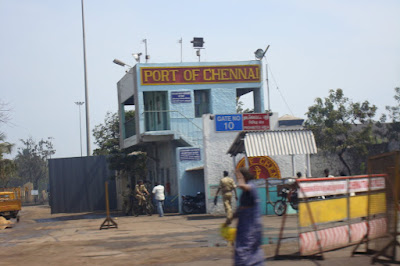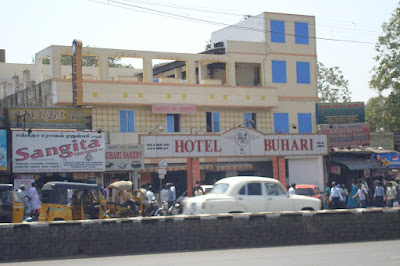One his own
He may have done several things in his life, but for Madras, Julian James Cotton's memory lives on in his work 'List of Inscriptions on Tombs or Monuments in Madras', a work that he published circa 1910. He had the weight of a huge legacy that he had to live up to; as seen on his tombstone, the three generations of Cottons before him had made their name and fortune in the services of the John Company. His great-grandfather, Sir Joseph Cotton, was a Director of the East India Company and his grandfather John went on to become Chairman of the Company. Sir Henry Cotton, his father, was a governor of Assam and, being a votary of India's right to self-rule, became president of the Indian National Congress.
Julian James does not seem to have inherited any of that derring-do. The thirty-four years he spent in the Indian Civil Service appear to have been without any deed worthy of a mention in the dispatches. Maybe his father's dalliance with the Indian independence movement cost Julian James his knighthood and also prospects of his career advancement. He seems to have spent all his time in and around Madras; joining the service in Madras in 1893, he remained there till his rather sudden death in 1927.
Julian James' son, however, inherited his ancestors' drive - born in Madras, Sir John Richard Cotton moved to England after his father's death, only to come back a few years later, after winning the Sword for Military History at Sandhurst, where he was also a Prize Cadet and King's India Cadet. With Sir John's death in 2002, five generations of the Cottons' serving the British soverign in Inda came to an end!








































